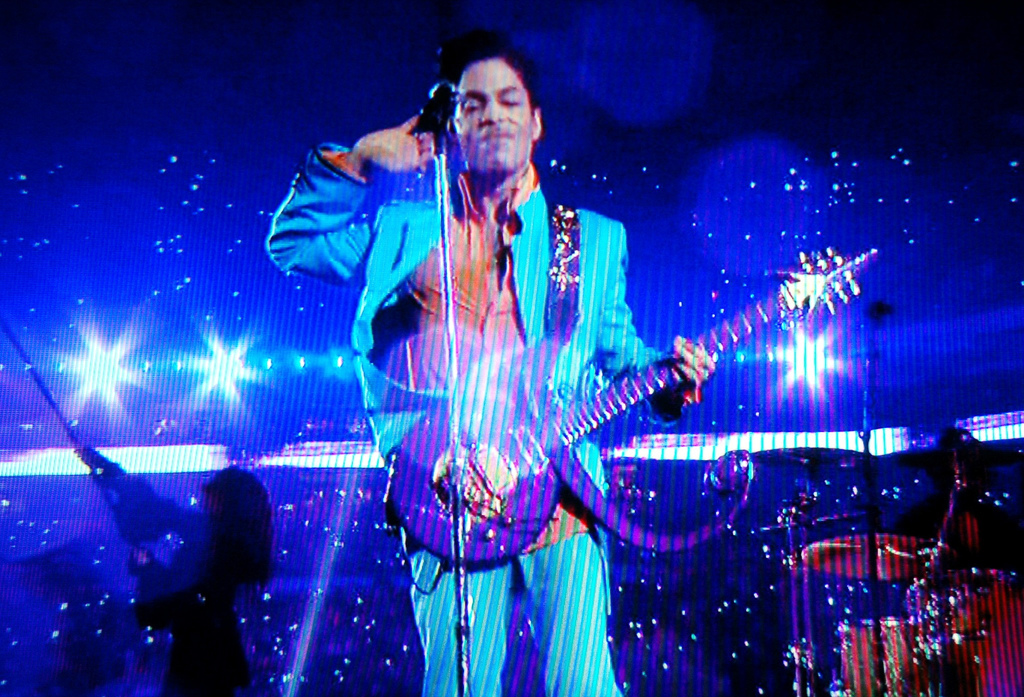If you hear someone complaining about the scarcity of good Christmas music, you know they’re doing something wrong. As we pointed out a couple years back, you can keep a Christmas party going for hours upon hours with holiday classics and funky originals from James Brown, Johnny Cash, The Jackson 5, Dinah Washington, Willie Nelson, Ella Fitzgerald, The Beach Boys, Bob Dylan, Low, Bad Religion, Christopher Lee, The Ventures, and so much more besides.
And then there’s the Beatles, whom we wouldn’t ever think of as an acquired taste, but whose Christmas records may only appeal to a special kind of fan, one who appreciates, and perhaps remembers, the band’s aggressively cheerful spirit of marketing. Throughout the 60s, they made short, whimsical Christmas “flexi discs” for fan club members. These are amusing, but hardly essential, though I’d recommend putting 1967’s “Christmas Time (Is Here Again)” on any playlist, holiday or otherwise.
While the band made their light and breezy 1965 Christmas record, Paul McCartney undertook a decidedly different holiday solo side project—recording experimental tape loops at home, including, writes author Richie Unterberger, “singing, acting, and sketches.” Only “three copies were pressed, one each for John, George, and Ringo.” As McCartney himself described the recording, “I put together something crazy, something left field, just for the other Beatles, a fun thing which they could play late in the evening.”
You can hear what survives of the recording above. McCartney calls it “Unforgettable” and begins the disc in an American announcer’s voice, “a fast-talking New York DJ,” Rolling Stone writes, followed by Nat King Cole, then “an inventive selection of songs by the Rolling Stones, the Beach Boys, and Martha and the Vandellas.” McCartney described the project as “a magazine program: full of weird interviews, experimental music, tape loops” and “some tracks I knew the others hadn’t heard.”
Unfortunately, much of the experimentation has not survived, or made it to a digital format. Nonetheless, the tape “might be the earliest evidence of the Beatles using home recording equipment for specifically experimental/avant-garde purposes,” Unterberger notes, “something that John and Paul did in the last half of the 1960s, though John’s ventures in this field are more widely known than Paul’s.” It isn’t Christmas music, exactly, but when you put it on, you’ll know it began its life as a special mixtape McCartney made just for his bandmates, not the fans. We might think of it as the holiday album he really wanted to make.
via Dangerous Minds/Rolling Stone
Related Content:
David Bowie Sends a Christmas Greeting in the Voice of Elvis Presley
Josh Jones is a writer and musician based in Durham, NC. Follow him at @jdmagness


